Exhibitions
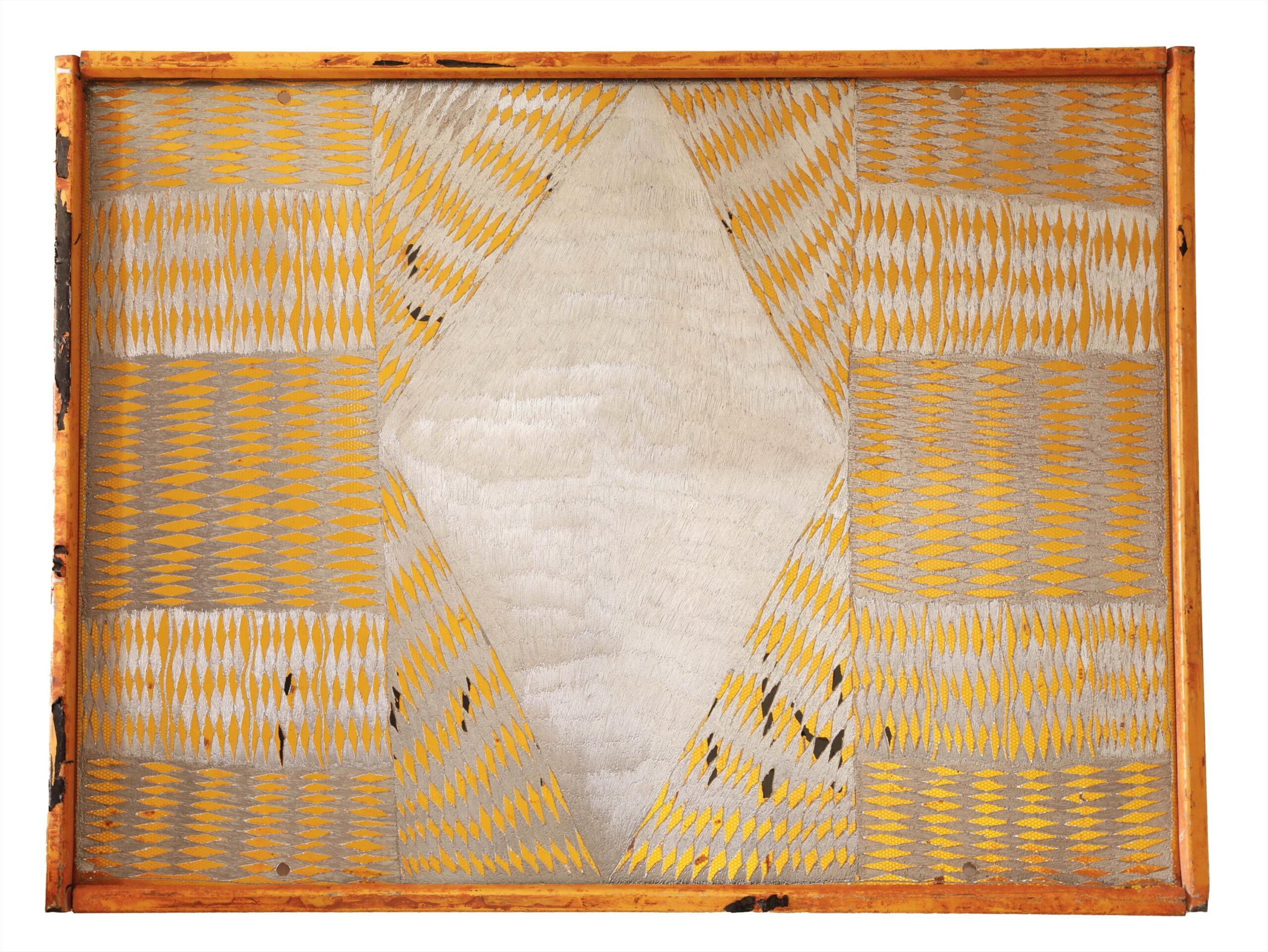
Wanapati Yunupiŋu
Ŋäṉarr – Tongue of Flame
“In the case of the works in this show, the Gumatj clan sacred design which Wanapati explores is gurtha or fire. But not just any fire. This is a Fire of supernatural intensity. So powerful that it transforms the land it touched for all time. Its identity is etched into every atom of Gumatj land […]
Explore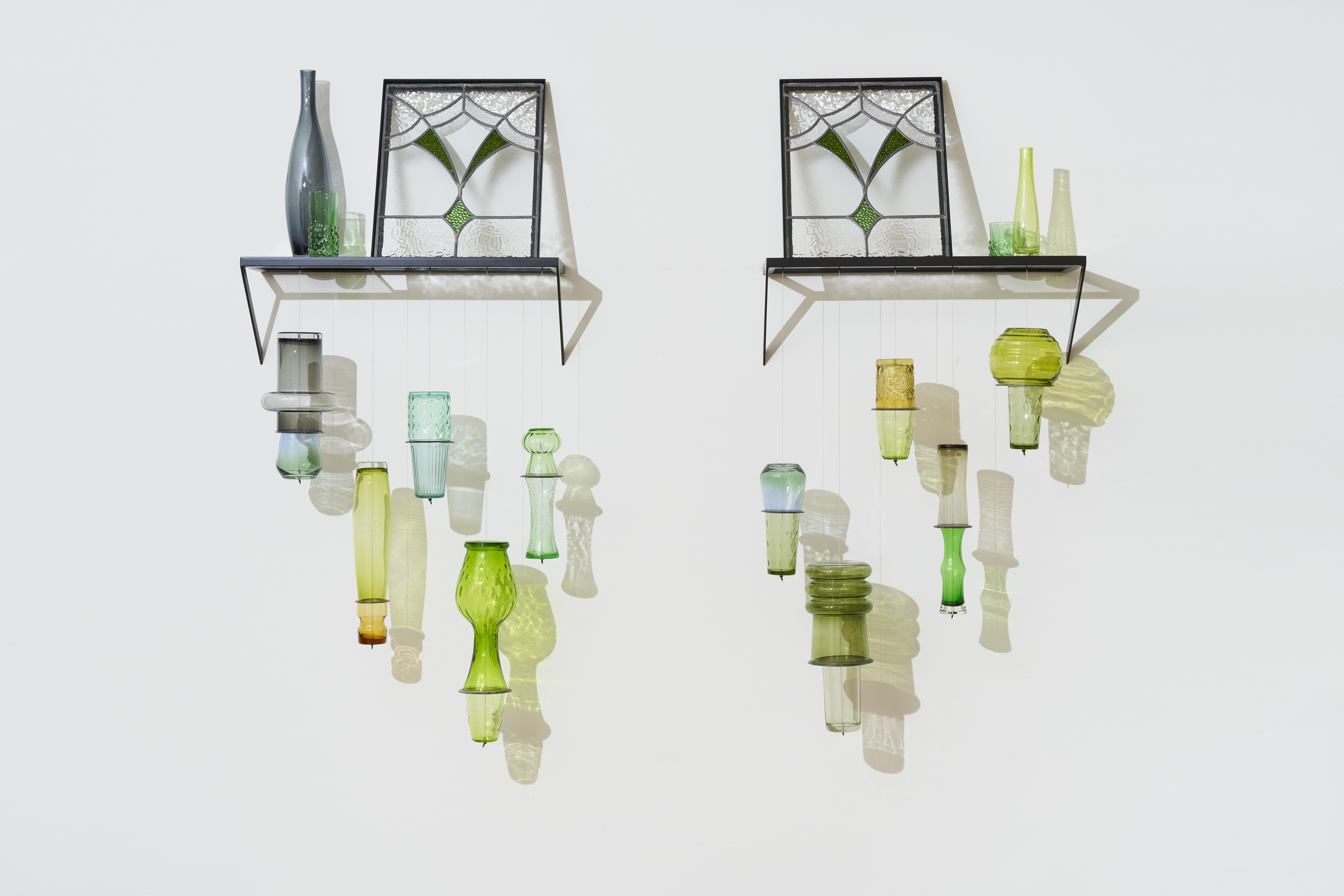
Nicholas Folland
The Day Before Tomorrow
Nicholas Folland is fond of the found. He prizes those things that have had a life, that wear a patina or might harbour a secret. In this body of work, found leadlight windows and domestic glassware find new form. Lisa Slade 2025 Read Lisa Slade’s ‘The Day Before Tomorrow’ exhibition essay
Explore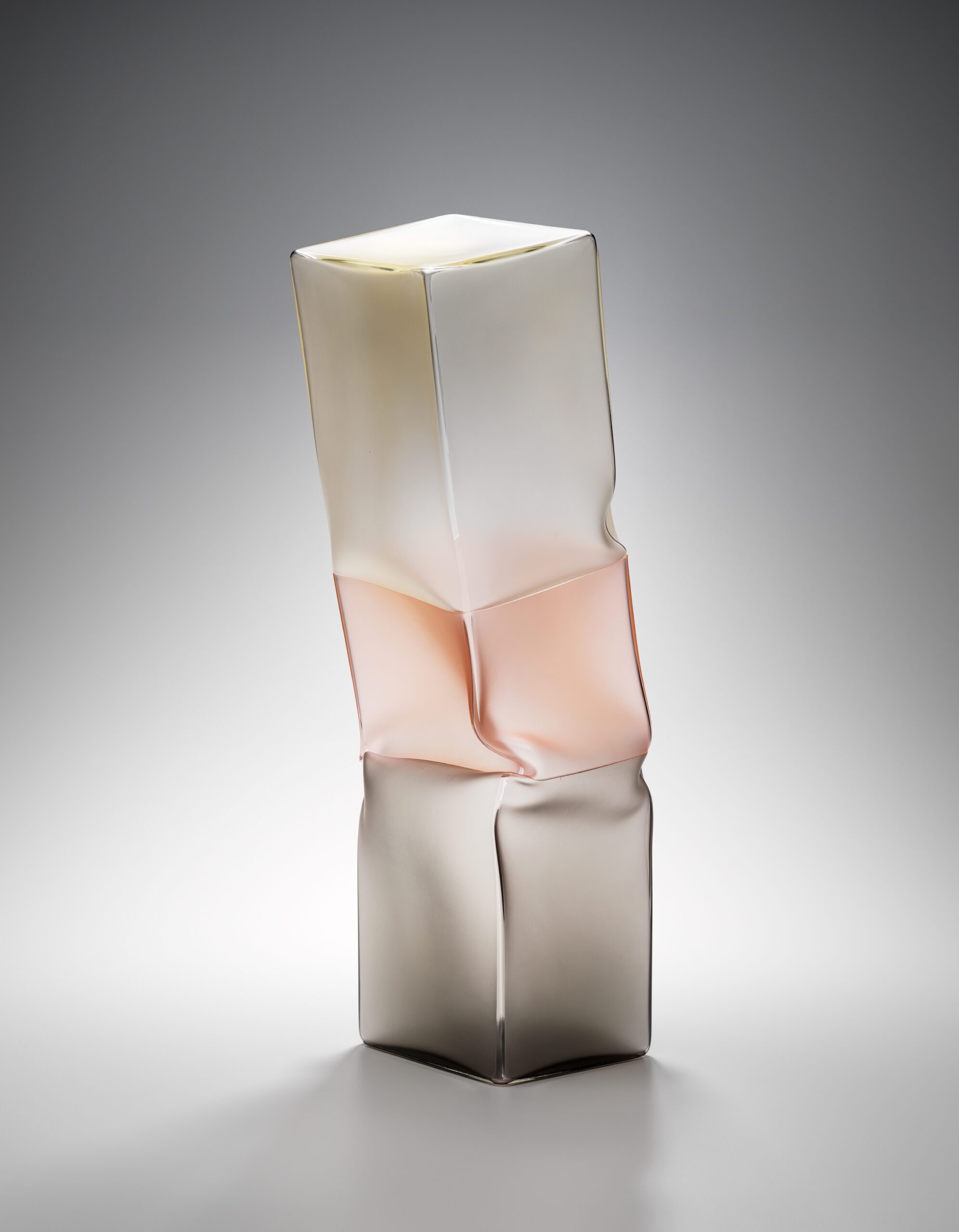
Liam Fleming
GLASS IN TWELVE PARTS
Making his solo exhibition debut in Melbourne, the JamFactory alumnus has created an exceptional new body of work in glass that explores the aesthetic potential of repetition, variation and colour through simple transitions in form. Riffing on the minimalist rigour of American composer Philip Glass’s Music in Twelve Parts 1971–74, the exhibition comprises 12 large, segmented cuboid forms […]
Explore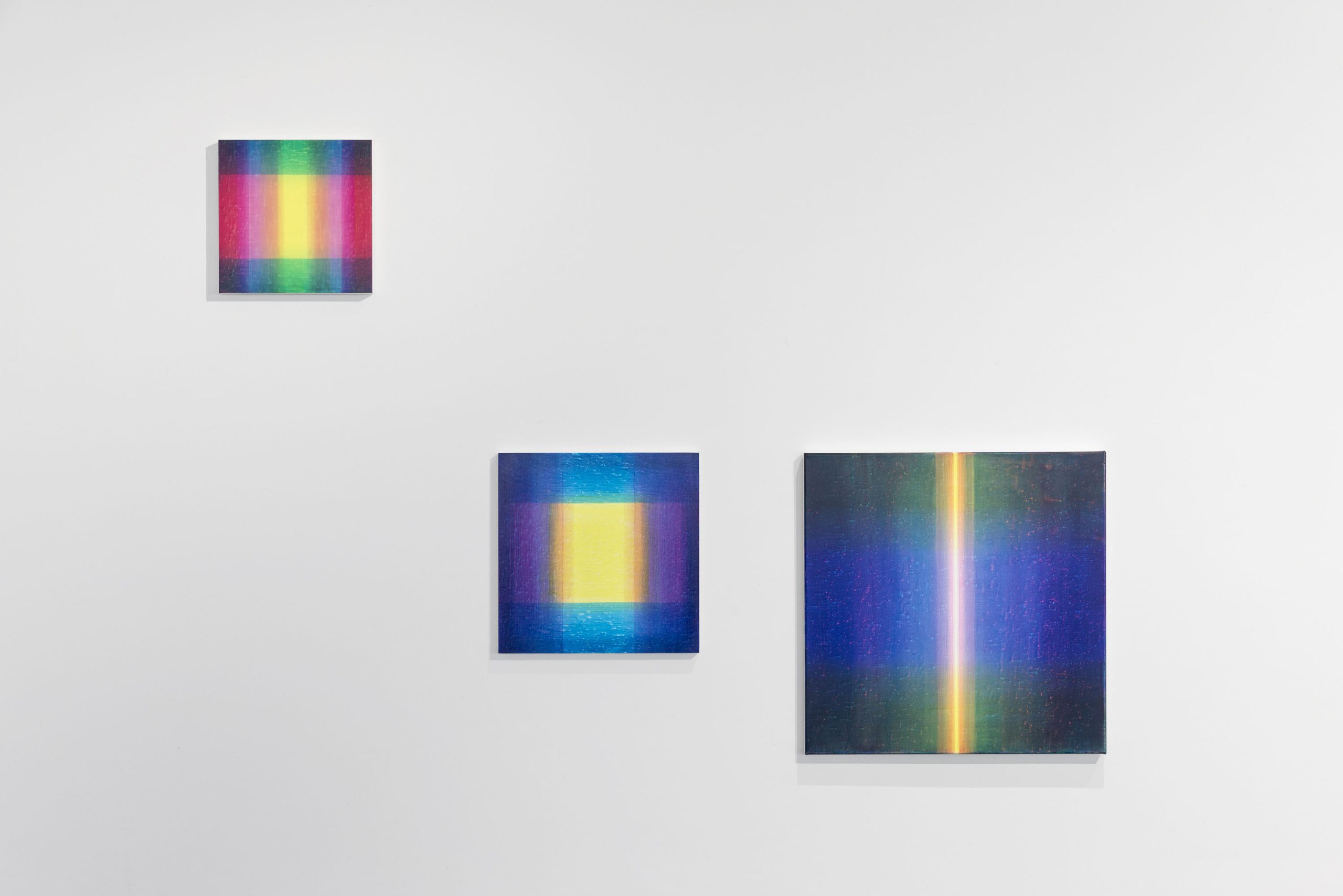
Tim Maguire
Afterimage
Afterimage features a stunning array of small paintings, each meticulously arranged to create a vibrant cosmos of colour and creativity, inviting viewers to explore the connection of individual works. The exhibition is a bold move by Maguire, who is renowned for super-sized floral imagery often pulled from art history. These new, chromatically charged works exploit the visual phenomenon […]
Explore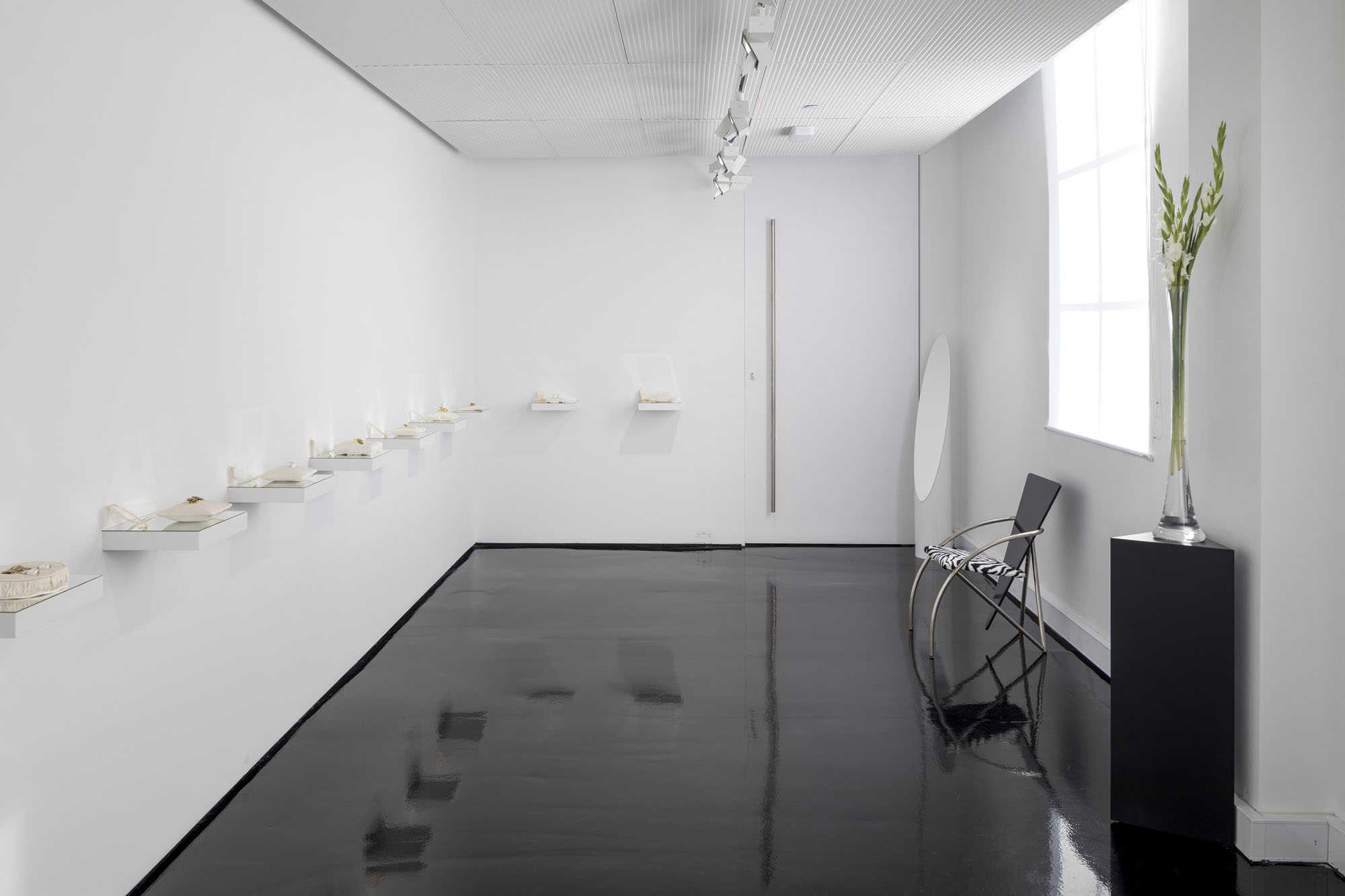
Sophie Hardy
MARIBOU
As part of Melbourne Design Week 2025, the exhibition takes its title from the name of Hardy’s new accessories brand, of which these earrings are the first iteration. My love for vintage textiles and jewellery has always been an inherent part of me, from combing through my mum’s closet as a kid, to op shopping as […]
Explore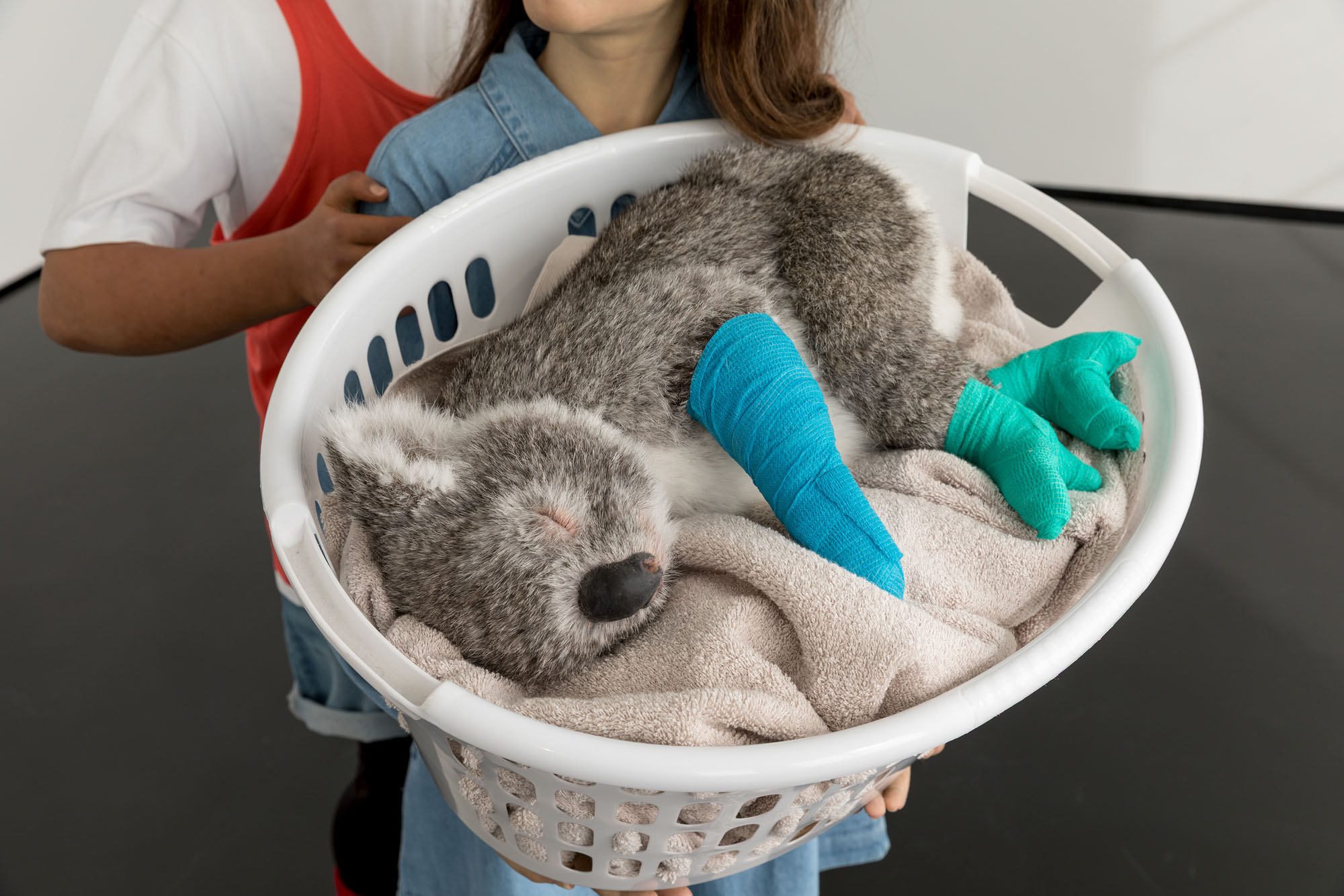
Patricia Piccinini
With Open Arms
Encompassing human, animal and hybrid forms, the exhibition opens with an arresting series of figures in seductive colours that riff on the contemporary fetish for sneaker wear.
Explore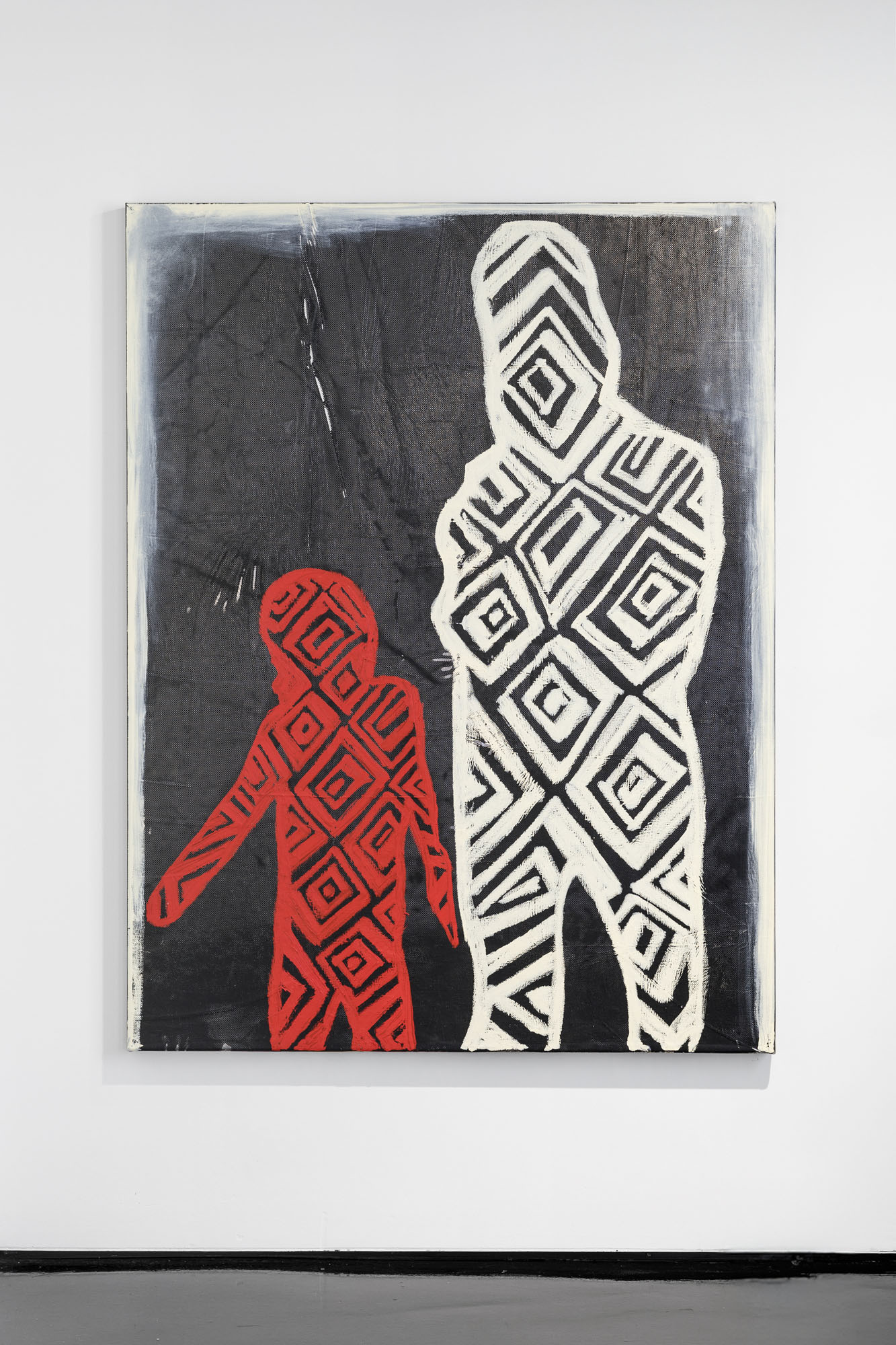
Brook Andrew
transitions
The artist’s hand is very present within these new intimate works. Following his oil stick lines over the surfaces of the works, we can get very up-and-personal with Brook Andrew’s marks. Several works are embellished with black and white stripes that mimic Andrew’s wellknown wall drawings which are inspired by Wiradjuri dendroglyphs, or tree carvings […]
Explore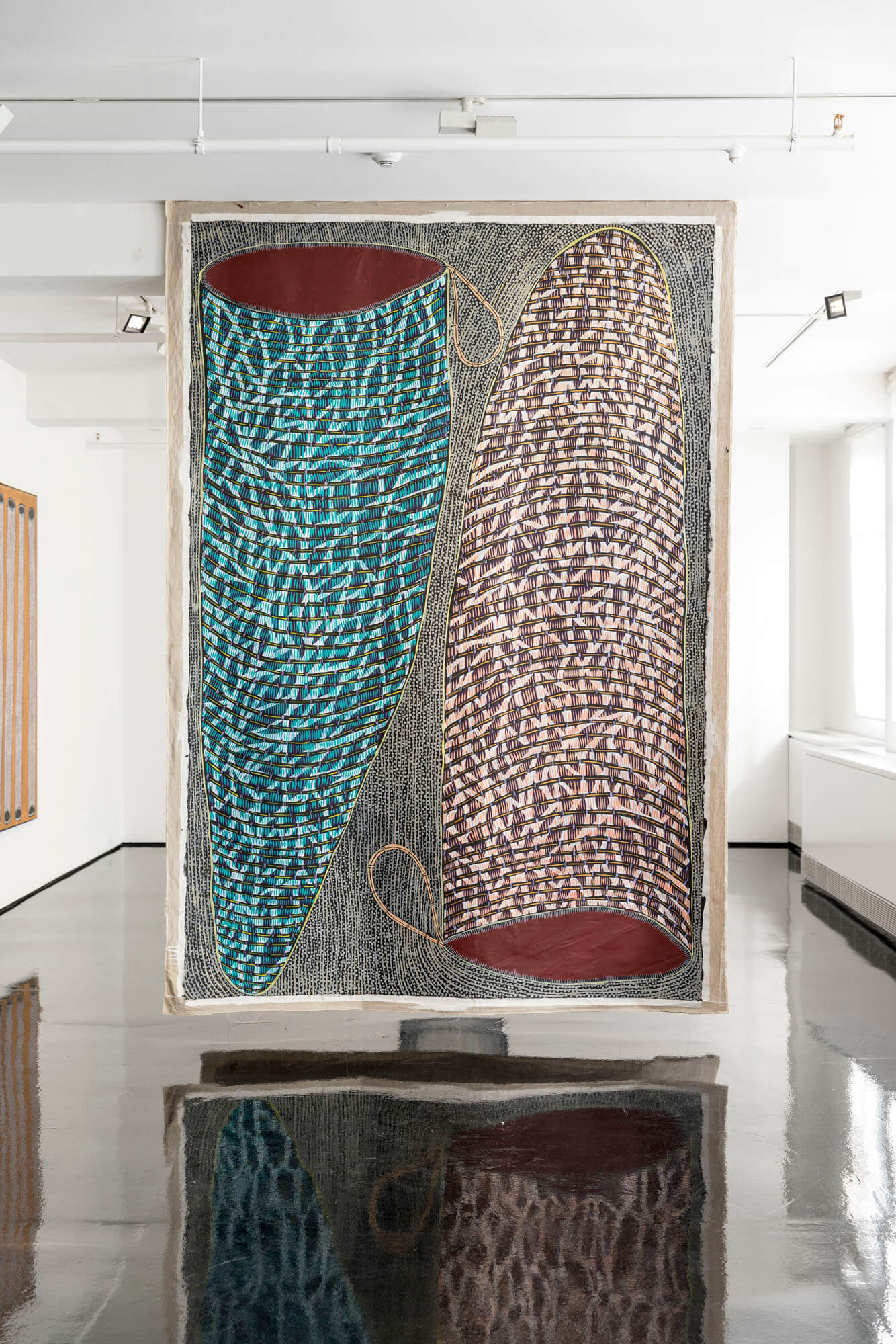
Kieren Karritpul
YERR WURRKEME MARRGU
Many of the paintings in the exhibition depict these traditional objects in intricate detail, revealing the different designs and varieties of weave that give them form. Created over the course of a year, YERR WURRKEME MARRGU (meaning ‘New Works’) speaks to Karritpul’s burgeoning ambition as a contemporary Indigenous artist keen to share his cultural knowledge […]
Explore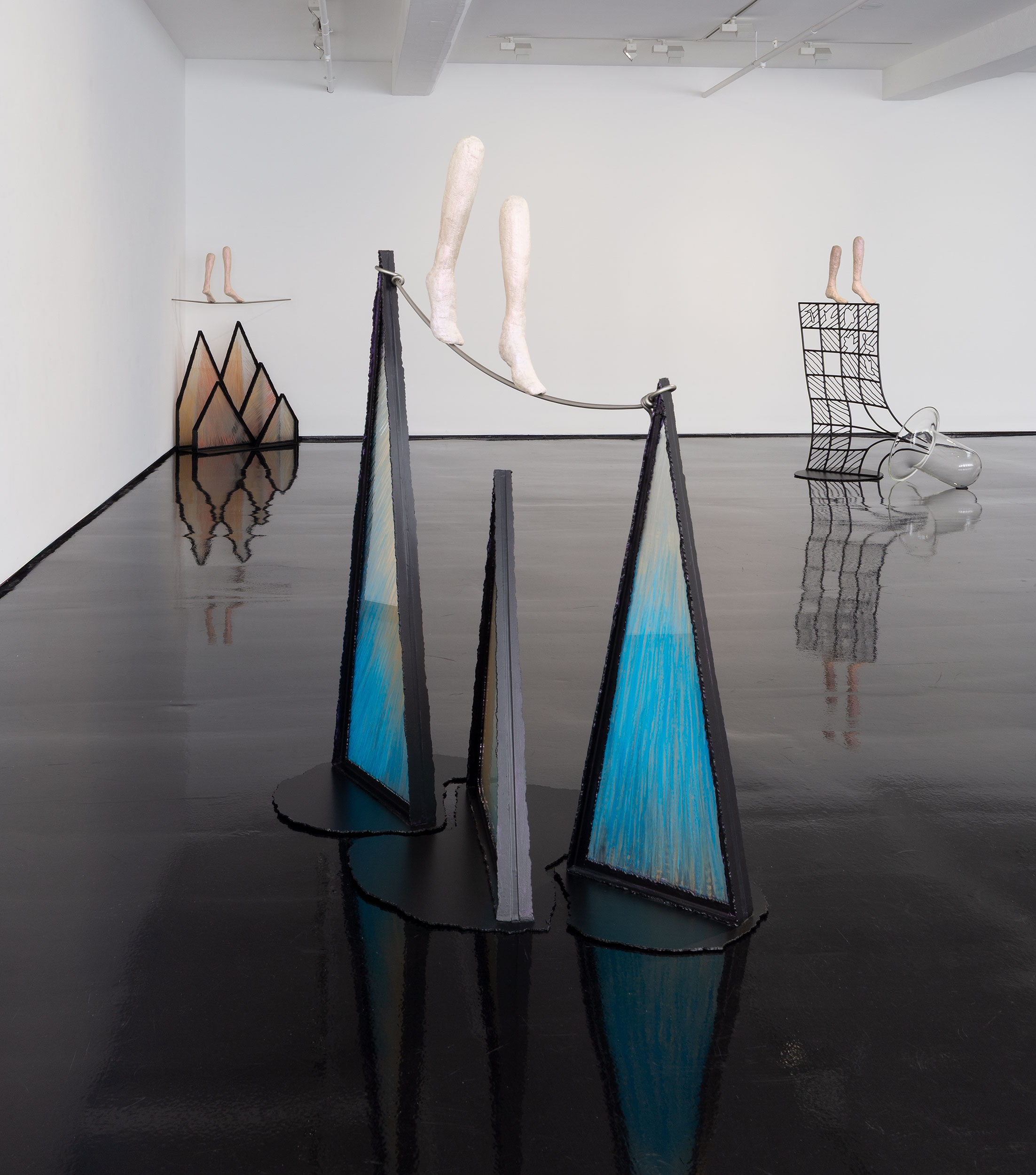
Benjamin Armstrong
Traverse
Holding in careful balance an array of figurative and abstract components crafted from diverse materials, this new group of sculptures gives symbolic and metaphorical expression to traversing – that is, moving across or through – a place, the mind or an idea. The six sculptures are the happy result of Armstrong’s return to the medium […]
Explore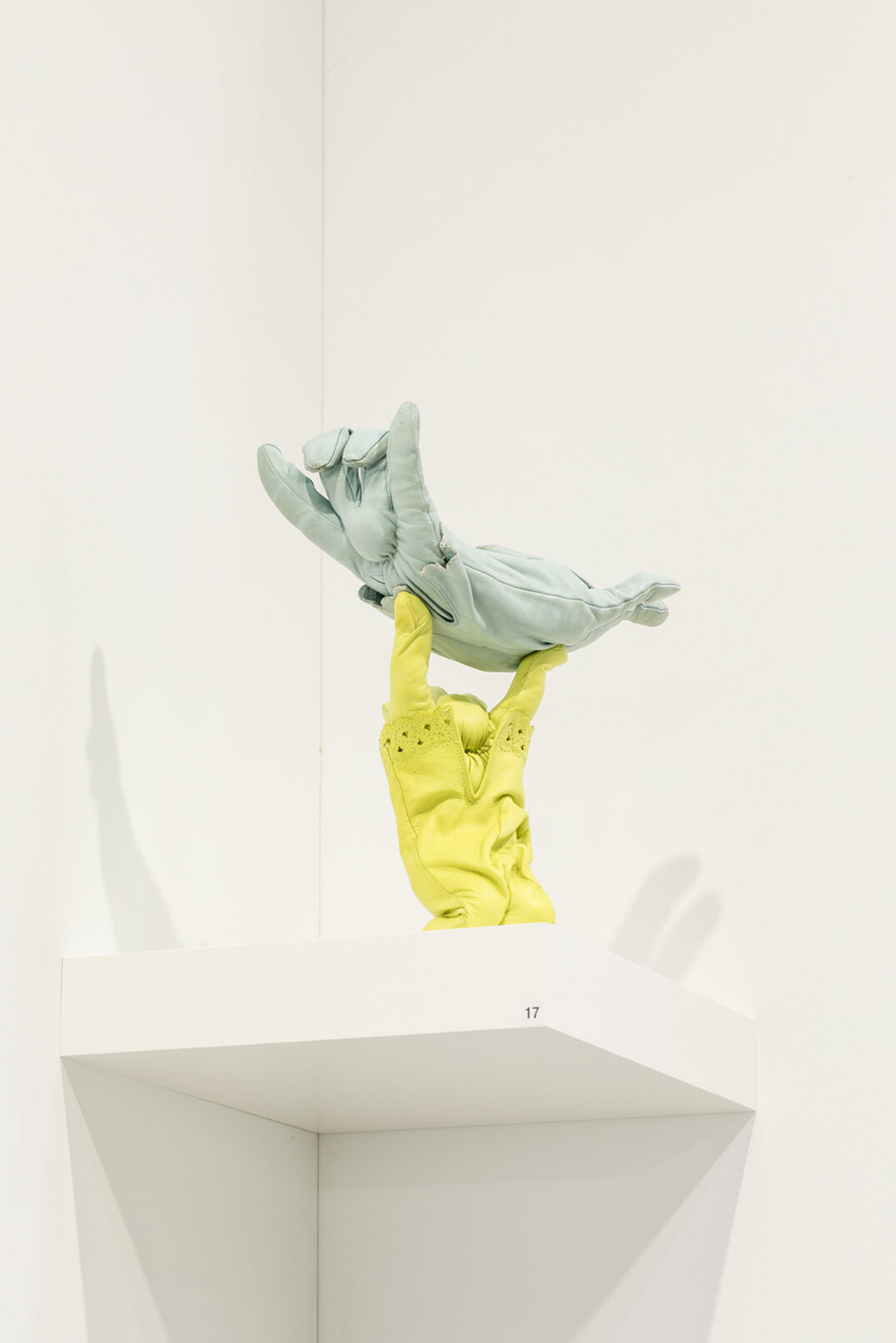
Hannah Gartside
Melbourne Art Fair 2025: Bunnies in Love, Lust and Longing
In this nest of bunnies fashioned from gloves, it’s as if Hannah Gartside has bundled the world’s most tender feelings and given them aesthetic form through droopy ears, leather pot bellies, sweetly curved behinds, comically suggestive poses. Through Bunnies in Love, Lust and Longing, Gartside has taken second-hand leather gloves from the 1950s and 60s, some […]
Explore